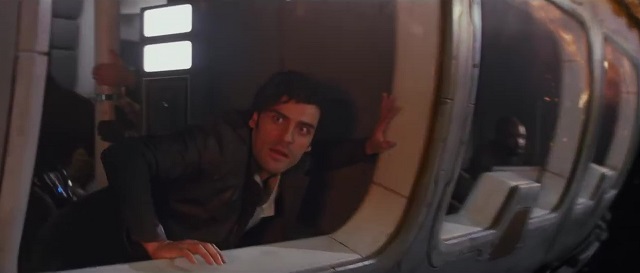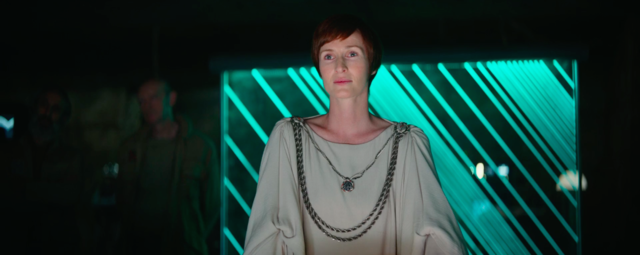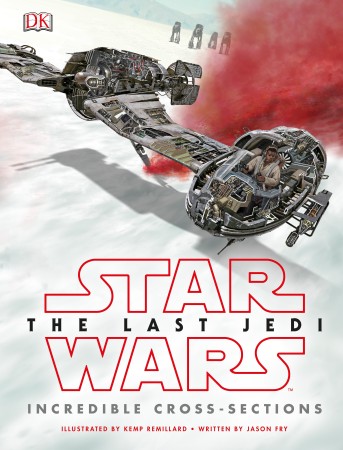
The Last Jedi takes our beloved main characters from The Force Awakens on separate journeys that are imperative to their character development: Ben Solo kills Supreme Leader Snoke and solidifies his roots as the bad guy, Rey takes on the symbolic journey of training as a Jedi with Luke Skywalker – or tries to, anyway – and Poe is prepping to become the leader of the new Rebel Alliance (you can read about Poe’s story here). No less important than these is Finn’s necessary journey in this film that solidifies his role within the Rebellion. He is transformed from a man who wants to run into a man who wants to fight. With the help of Rose, their mission to Canto Bight, and his battle with Captain Phasma, Finn gains an understanding of how important the Resistance’s message is and what it truly means to be “Rebel scum”.
FN-2187
In The Force Awakens, Finn’s main “mission” is to leave the First Order behind and run to the farthest reaches of the galaxy. But how was this decision made and why? We are introduced to a stormtrooper who was taken from a family he will never know and thrust into an ideology he doesn’t identify with. In a rigorous training program, Finn, along with many other stormtroopers, is conditioned to serve the First Order and obey all commands without question. Only when he is faced with the prospect of killing innocents on Jakku does he make the decision to leave. But his doubts about the First Order can be traced further back than the events of The Force Awakens.
Finn has a strong moment of truth in Before the Awakening that plants the seeds of his secession from the First Order. In the novel, Finn rescues one of his fallen comrades and he is chastised about it by Captain Phasma. According to the First Order, to have a strong group you have to leave the weak behind. Going back and saving fallen stormtroopers was a waste of resources – stormtroopers are expendable. To Captain Phasma, Finn is replaceable. He is only his number: FN-2187. Read More




